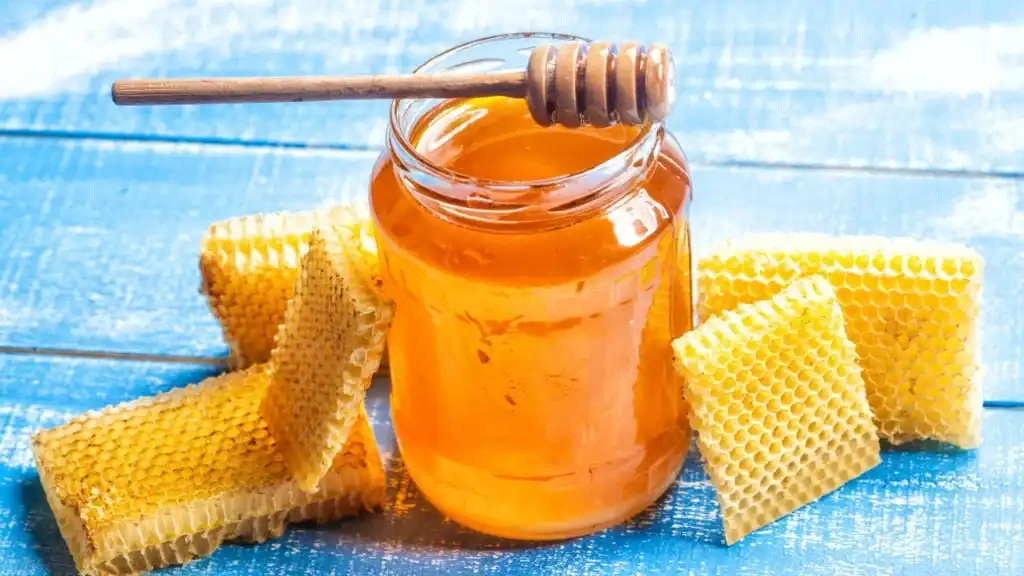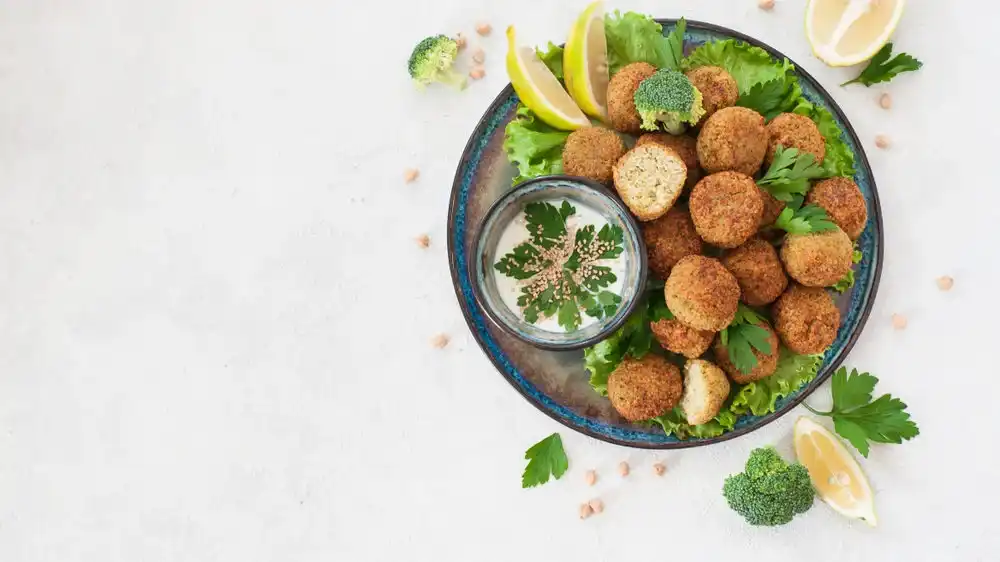“I’m so rumbly in my tummy,” said Winnie the Pooh. I definitely agree with him as I crave for some sweet and sticky “hunny” too. But we might not be able to enjoy honey for much longer. Temperatures are rising, and resources are dwindling as we speak. Environmental changes not only affect the weather but animals and plants too. With the rise of commercialism, many reports have recorded a decline in the bee population, particularly honey bees.
How is Honey Made?
Honey is made from the nectar of plants. Bees collect nectar from flowers, store them in their honey stomach, and a worker bee draws out the nectar. The nectar is chewed to break down the enzymes, and the resulting liquid is spat into combs in the hive. The bees then work hard to flap their wings to fan the honeycomb and hasten the evaporation process.
Once the water has evaporated, the remaining liquid is a sweet, sticky substance that is honey. The honey is then sealed with beeswax. This effectively stores the nectar indefinitely where it can be consumed during winter where plants and food are scarce.
Honey Fun Facts
- Humans, bears, badgers and other animals plunder beehives for their honey.
- Honey that is stored in an airtight container never spoils. This is because honey is acidic and has low water content making it unsuitable for bacteria growth.
- Babies can’t consume honey until they are at least 1 year old. Honey may contain spores of Clostridium botulinum which may germinate in a baby’s immature digestive system. This paralytic illness is rare but fatal.
- Honey has medicinal properties. In ancient times, honey was used as a natural bandage to prevent infections in wounds and burns.
- Honey is not only produced by bees. There is a type of wasp that produces honey as well, but the honey made may be poisonous depending on the flower from which it collects the nectar.
- Honey as a treatment for allergies. Local honey can be consumed to build up immunity to local plants which trigger allergic reactions.
- Honey is naturally soothing. It is often added in shampoos, conditioners and lotions. In fact, it is a universal remedy for sore throats and coughs.
- The flowers affect honey’s taste and texture. Depending on the type of flowers the nectar is from, the colour, aroma, taste and consistency of honey produced differs.
Why Are Bees So Important?
Bees not only produce honey that we harvest and consume, but they are beneficial in many other ways. For instance, while collecting nectar and travelling from flower to flower, bees help with pollination. This enables many plants to grow and produce products or fruits. Without pollination, there would be no cotton, food crops or fruit.
There is a delicate balance to the ecosystem to ensure that life thrives and continues its cycle. Without bees, there would be no flowers and plants, which would lead to herbivore extinction. The absence of herbivores would cause omnivores and carnivores to gradually disappear as well. Humans and life as a whole would be at risk without bees.
Why Are Bee Populations Declining?
The main reason for the decrease in bee population is the stress that the bees have to endure. It can be said that almost all of the pressure is entirely man-made. The relocation of hives may harm bees as they can be injured in the process. Besides, the beeswax seal is easily broken, causing honey to leak out and may drown bees if care is not taken. The transport of beehives to various locations for industrial beekeeping leads to more stress to the bees.
High demand for honey and beeswax have led to the industrialisation of beekeeping. These large-scale beekeeping centres have taken to exploiting bees and harvest as much honey as they can without leaving honey for the bees themselves. Some beekeepers do not take care when harvesting the honey and leave many bees injured or dead.
Colony Collapse Disorder is a huge concern. This is because bee colonies are facing the sudden death of their worker bees. Some factors causing this phenomenon include climate change, mono-cropping and pesticide use. Unexpected droughts or weather changes may affect flower growth, and this leads to a reduction of blooming flowers, causing bees to travel further to get nectar. In modern agricultural systems, mono-cropping is a common practice.
In a natural environment, bees have access to various flower variety which supplies them with distinct nutritional components. With the same crops across large areas of land, bees suffer from a poor diet which weakens the immune system of bees leading to illnesses and death. The use of pesticides also affects the health of bees and leads to poor nutrition as flowers and plants numbers are reduced. Pesticides also affect wild bees and other pollinators.
Sustainable Honey Practices
1. Planting Flowers
Everyone can contribute by planting wildflowers in their gardens. The best way is also to ensure that the plants are untreated with harmful pesticides and a variety of flowers are more helpful.
2. Bee-centric Beekeeping
We can support those local and organic farms which produce honey locally instead of store-bought honey. These beekeepers only harvest honey when there are excess and enough for bees to share.
3. Harvest Safely
Honey should be harvested in ways that do not harm the larvae and bees. This includes mutilation, pain and destruction of the colony.
4. Avoid Relocation
Hives should only be relocated if absolutely necessary to avoid inducing unnecessary stress.
5. Avoid Chemicals
No chemical residue should be used in and surrounding the hives. This includes cleaning products, harmful pesticides and antibiotics.




